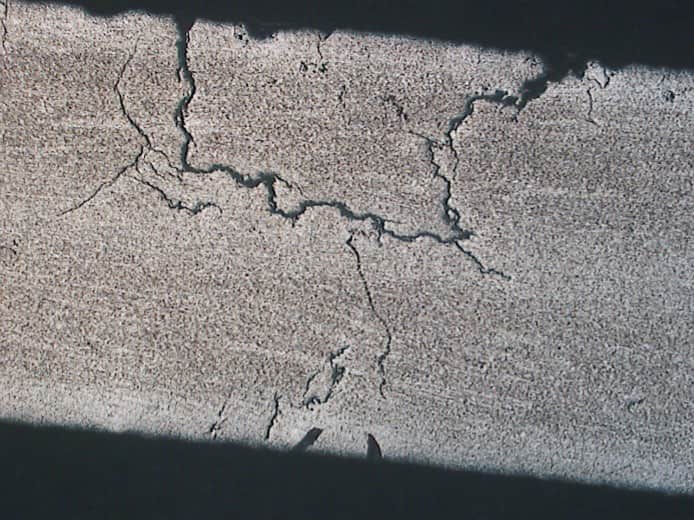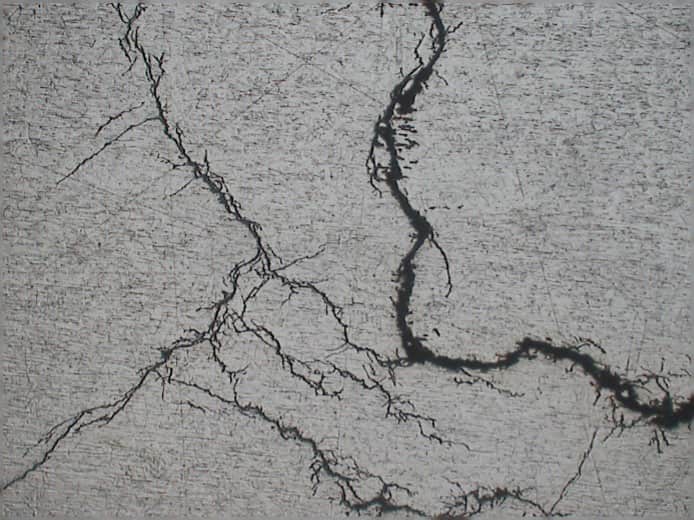#EpicFail – Chloride SCC
Austenitic stainless steels like 304 and 316 are used largely used for their excellent corrosion resistance. These materials contain more than 10.5% chromium which facilitates the formation of a chromium oxide passive layer which improves corrosion resistance. However, upon exposure to a chloride containing environment, in the presence of a tensile stress, a phenomenon known as chloride stress corrosion cracking can occur which can lead to unexpected and sudden catastrophic failure of normally ductile components. Since 1985, there have been 5 incidences of stress corrosion cracking leading to the sudden catastrophic failure of suspended ceilings in swimming pools, which had led to a combined loss of 56 lives across Switzerland, the Netherlands and Russia.

Figure 1 – Swimming pool roof collapse – Uster, Switzerland, 1985.
A tensile stress must be present for stress corrosion cracking to occur. The stresses may be internal/residual or applied. Residual stresses can be introduced by way of deformation and associated cold work. In many cases these residual stresses are of greater importance than actual operating applied stresses. When the factor of safety required in design is considered, operating stresses are generally low enough to be of comparatively little importance, except where they add to the internal stresses.

Figure 2 – Failed pipe work due to chloride SCC
Temperature plays a crucial role in the initiation of Chloride Stress Corrosion Cracking (ClSCC). Studies show that crack growth rates are particularly high around 100ºC. While cracking is less common below 60ºC, ClSCC has been observed at temperatures as low as 25ºC. Chloride concentration is another critical factor, as there is no inherent limit; if chloride is allowed to accumulate in areas like crevices, localised levels can exceed those of the surrounding environment. The cracks typically appear as transgranular, branched patterns, forming a network of multiple fractures (see Figure 3). When selecting a stainless steel grade, it’s essential to evaluate the environmental conditions to ensure the most suitable material is chosen. For example, while grades like 304 and 316 stainless steel may not be suitable for environments like swimming pools, more highly alloyed austenitic grades such as 904L are a better choice. There is no limit for chloride since if allowed to concentrate i.e. within a crevice, the localised levels can be substantially higher than the bulk environment.


Figure 3 – Typical chloride stress corrosion cracks
Periodic inspections for signs of chloride SCC, such as visible cracking or pitting, are essential in environments where chloride exposure is prevalent. This can include ultrasonic testing, dye penetrant testing, or visual inspection for surface cracks.
For more information or expert advice on ClSCC and its prevention, feel free to contact us at info@r-techmaterials.com. Our team of specialists can assist with material integrity challenges and provide support to ensure the safety and longevity of your engineering systems.